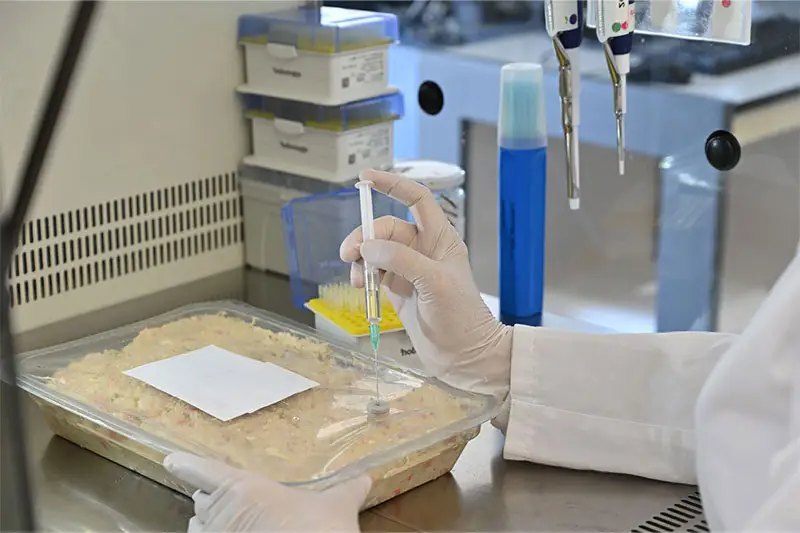Spoilage Organisms Detection in Cosmetics
Microbiological safety testing is a critical aspect of ensuring the quality and safety of cosmetics. Spoilage organisms, which include bacteria like Pseudomonas aeruginosa and yeasts such as Candida albicans, can cause product spoilage, leading to degradation, odor development, or even contamination with pathogens. Detecting these spoilage organisms early in the production process is essential for maintaining cosmetic quality.
The presence of spoilage organisms not only affects the shelf life but also impacts consumer safety and satisfaction. Therefore, laboratories specializing in microbiological testing play a pivotal role by providing accurate and timely results that help manufacturers meet regulatory requirements and ensure product integrity.
At Eurolab, we employ advanced microbiological methods to detect spoilage organisms in cosmetics. Our tests are conducted using international standards such as ISO 12967-1:2008, which outlines the procedures for detecting Pseudomonas spp., and ISO 14555-3:2016, which specifies the isolation of yeasts and moulds in cosmetics. These methods ensure that our results are reliable and consistent with global standards.
The process begins with proper specimen preparation, where samples from different batches or stages of production undergo a series of steps to ensure accuracy. This includes homogenization, dilution, and plating onto appropriate media such as Modified Nutrient Broth (MNB) for Pseudomonas spp. and Potato Dextrose Agar (PDA) for yeasts and moulds.
Once the specimens are prepared, they are incubated under controlled conditions to allow any potential spoilage organisms to grow. This step is crucial as it allows us to observe colonies that may indicate the presence of pathogens or other harmful microorganisms. The growth of these organisms is then visually inspected and identified using biochemical tests.
After identification, we provide a comprehensive report detailing our findings, including colony counts, species identification, and any potential risks associated with the detected organisms. This information helps manufacturers make informed decisions about product reformulation or process improvements to prevent future issues.
Applied Standards
- ISO 12967-1:2008 – Procedures for the detection of Pseudomonas spp. in cosmetics and personal care products.
- ISO 14555-3:2016 – Isolation, enumeration and identification of yeasts and moulds from cosmetic and toiletry preparations.
Industry Applications
| Application | Description |
|---|---|
| Bath and Body Products | Detecting spoilage organisms in bath bombs, lotions, soaps, and other body products to ensure product stability. |
| Hair Care Products | Identifying potential contaminants in shampoos, conditioners, and hair treatments to prevent product spoilage. |
| Skin Care Products | Avoiding the presence of harmful microorganisms that can lead to skin irritation or infections. |
- Facial Creams: Ensuring the absence of Pseudomonas spp. which could cause product spoilage and potential contamination.
- Hair Conditioners: Detecting yeasts like Candida albicans to prevent product spoilage and improve shelf life.
Eurolab Advantages
At Eurolab, we pride ourselves on our expertise in microbiological safety testing for cosmetics. Our team of experienced scientists ensures that every test is conducted with precision and care. We use state-of-the-art equipment and follow strict quality control measures to deliver accurate results consistently.
We offer fast turnaround times without compromising the accuracy and reliability of our tests, helping you stay ahead in your product development cycle. Our comprehensive reports provide detailed insights into any detected spoilage organisms, allowing for proactive decision-making on process improvements or product adjustments.





